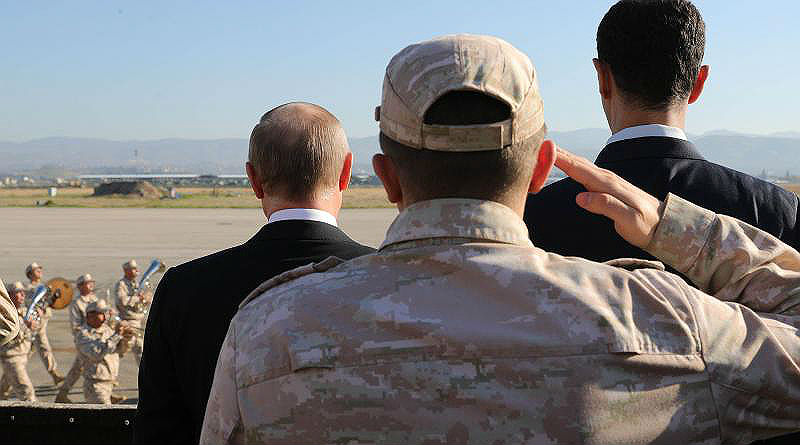Russian Policy Across the Middle East: Motivations and Methods
Photo: REUTERS/Khalil Ashawi ; Turkish-backed Free Syrian Army fighters hold an ammunition belt near the city of Afrin, Syria Feb. 21, 2018.
Рublication source: Chatham House/The Royal Institute of International Affairs, 21.02.2018
Engagement with Russia on the situation in the Middle East needs to be accompanied by readiness in the West to defend its own red lines in the region.
Summary
- Recurring confrontations with the West are one of the main factors compelling Russia to intensify its activities in the Middle East.
- Tactical and more targeted contacts with the region have also been determined by President Vladimir Putin’s diplomatic strategy, his perception of the Arab Spring and the domestic political situation in Russia.
- Russia considers better relations with Middle Eastern countries a means to avoid international isolation, to compensate for the negative effects of international sanctions and to put additional pressure on the West.
- The decision to increase Russia’s presence in the Middle East was also determined by economic drivers. The region occupies a special role in Russia’s strategy for strengthening its producers’ presence in the international oil and gas markets.
- Although Russia’s presence in the Middle East may periodically be considered a challenge to US and EU interests, on a limited number of issues their interests coincide and present opportunities for cooperation between Russia and the West.

